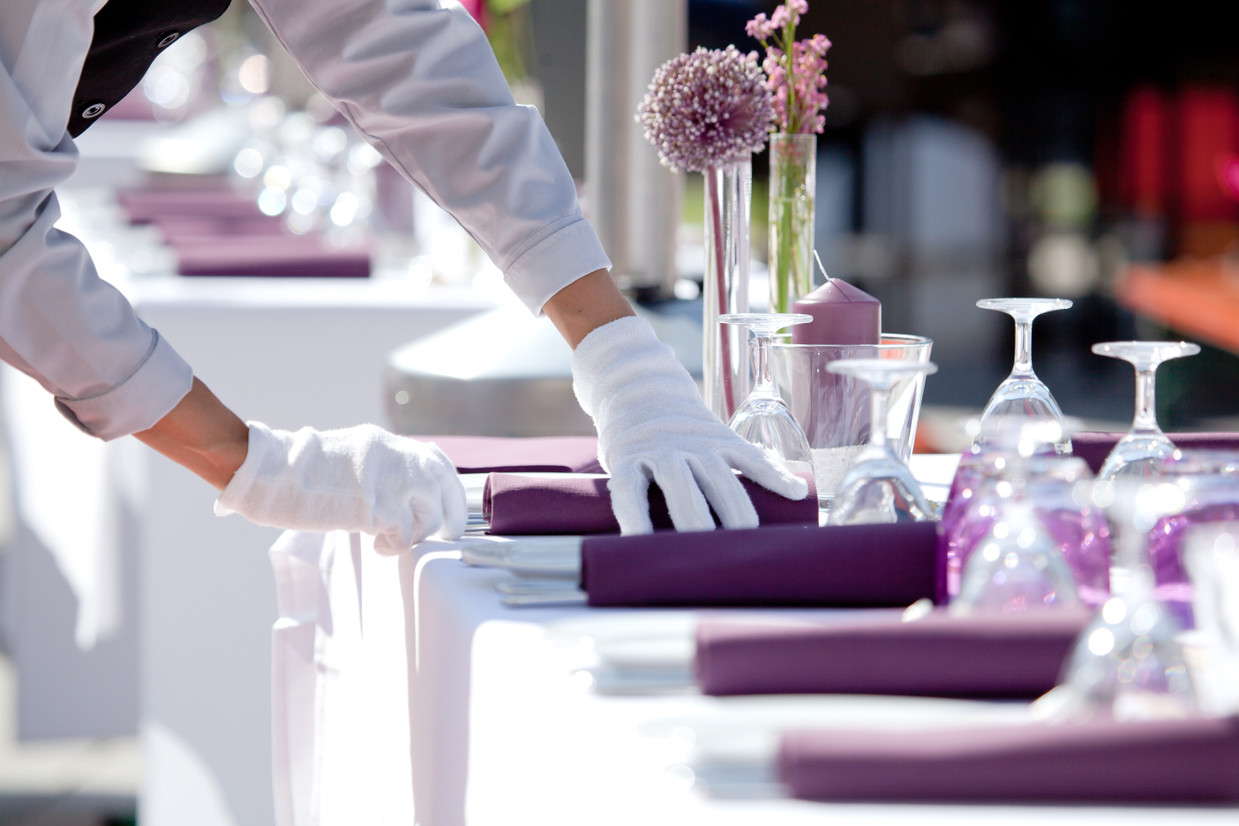Event Planning For Beginners, Part 2: Planning
Last week, as part of our Event Planning for Beginners series, we discussed creating a budget for your event. Once you have figured out roughly how much you can spend on your event, you can get to planning, making reservations, and purchasing supplies! Here are the steps that you will need to take when planning your upcoming event:
1. Choose a Theme
You may have already picked a theme for your event before you put together your budget, but either way this is a good place to start. You will want to pick a theme before you do anything else so that your venue, décor, and marketing material support that theme.
2. Choose a Location
You know what they say: “Location, location, location.” Choosing a venue is probably the single most important decision you will make while planning your event. While cost is an important factor to consider, you should also take a couple of other things into consideration. First of all, make sure your chosen venue is in a convenient location for attendees with ample parking available. If parking is an issue, you may consider offering valet parking. You also want to think about how much space you will need for your guests as well as the ambiance you are trying to create. Your venue can do a lot to enhance or detract from the success of your event.
3. Entertainment
Once you have a venue and a date, you will need to make sure to book your chosen entertainment. Procrastinating on this may result in the need to settle for lower quality entertainment or pay a premium to book the entertainment that you do want.
4. Invitations / Marketing
Once you have picked a venue and have your entertainment booked, it is time to start getting the word out! You probably already had an idea of the number of people you planned on inviting or marketing to, and by sending out RSVPS earlier in the planning process, you will be able to get a better idea of the actual number of guests attending. This will be important when making arrangements for food and drink.
5. Seating Chart
You may decide not to have assigned seating, and that is fine, just make sure you have enough seating for the guests that have RSVP’d and then some. There will always be last minute attendees, and, without assigned seating, it is likely that there will be one or two open seats at each table. If you are working on a tight budget with limited space, it is best to creating a seating chart to make sure everyone has a seat.
6. Food
The biggest decision you will need to make when considering your food options, is whether you want food to be served buffet style or not. Before making a decision, talk to your venue about the services that they offer. It may be cheaper from a staffing perspective to choose buffet style service, but you could end up spending more money on wasted food. If you are hosting a networking event, buffet style service offers guests another opportunity to get to know each other.
7. Drinks
You may or may not choose to serve alcoholic beverages at your event, but if you do you will need to decide on which drinks to serve as well as quantity based on your guest list. To ensure the safety of your guests and help protect your wallet, you may decide to limit number of drinks per guest by providing each guest with tickets or something similar. You will also need to find out if your venue provides bartending services, or if you will need to hire your own bartender for the event.
8. Activities
You may decide that your chosen entertainment is the only activity that your event needs. If you have chosen a live band or DJ, your guests may be happy dancing the night away. However, if you are planning an event where networking is encouraged, you may want to include additional activities for your guests. Maybe offer a photo booth, life-sized board games, or conversation tables with prompt cards.
9. Décor
Décor is the fun part, right? The reason it is a good idea to put your décor creativity to use until the end of your event planning to do list is because it really should be the icing on the cake. After the rest of your event has fallen in to place, you can decide what kind of décor you want to use to complete your desired theme. Additionally, if you have blown through your budget, including the suggested budget, you may be able to cut some expenses in your décor budget, if necessary. To maximize your creativity, check out Goodshuffle Pro’s guide to staying on top of inventory trends
Of course, these steps and their order are just a suggestion. The needs of your specific event may be different and require more or less planning. The best way to make sure you don’t forget anything is to write everything down. And don’t forget to have fun along the way! Tune in next week as we continue our Event Planning for Beginners series as we go into more detail on choosing an event venue. Until then, happy planning!
Recent Posts
-
Floor Plans For Corporate Events, Part 2
Corporate events can range from anything from a simple lecture to a full-blown convention. Each
-
Floor Plans For Weddings, Part 1
Weddings are a time for celebration and the joining of two families. They take time and understa
-
Insurance For Your Rental Company
Accidents happen. Some can be predicted, but not all can be helped. Liability insurance helps fi




